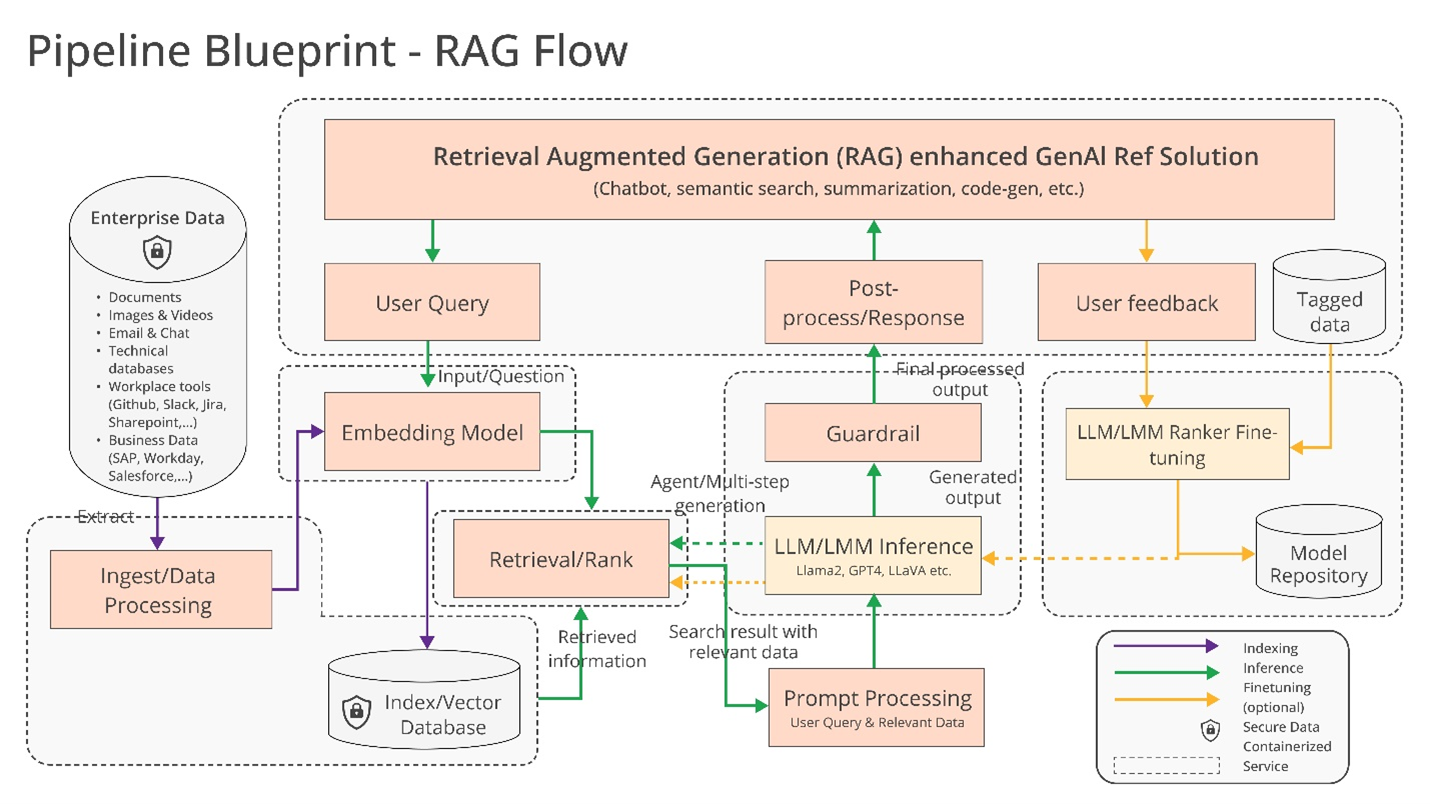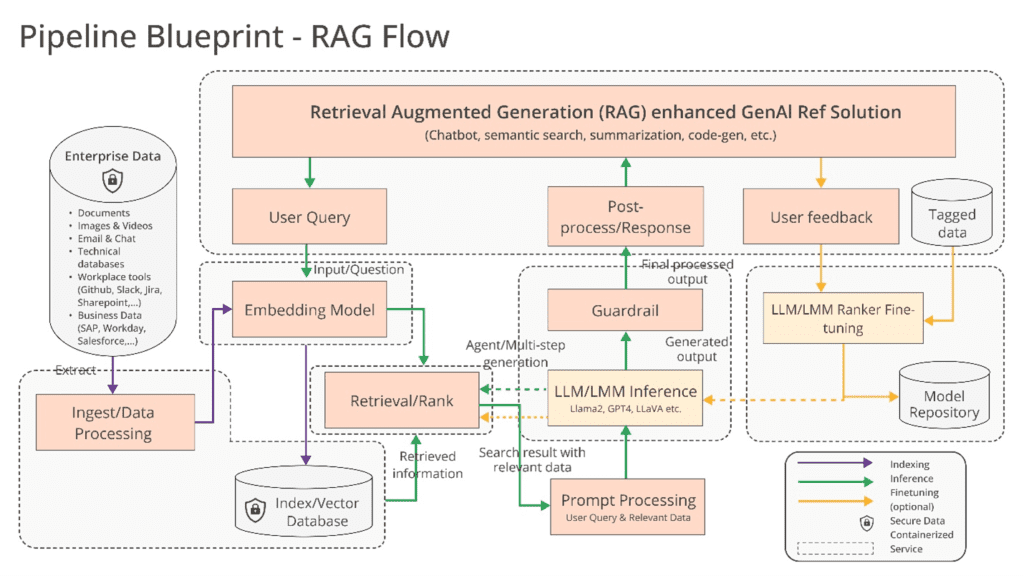Can generative AI designed for the enterprise (e.g. AI that completes reports, spreadsheet formulas, etc.) be interoperable? Along with a group of organizations including Cloudera and Intel, the Linux Foundation — the nonprofit that supports and maintains a growing number of open source efforts — aims to find out.
The Linux Foundation today announced the launch of the Open Platform for Enterprise AI (OPEA), a project to advance the development of open, multi-vendor, composable (i.e. modular) generative AI systems. Under the direction of the Linux Foundation's LFAI and Data org, which focuses on platform initiatives related to AI and data, OPEA's goal will be to pave the way for the release of “robust” and “scalable” generative AI systems that “exploit data and , said in a press release: “The best open source innovation from across the ecosystem.”
“OPEA will open up new possibilities in AI by creating a detailed, composable framework that stands at the forefront of technology stacks,” Haddad said. “This initiative is a testament to our mission to drive open source innovation and collaboration within the AI and data communities under a neutral and open governance model.”
In addition to Cloudera and Intel, OPEA — a Sandbox project of the Linux Foundation, an incubator program of sorts — counts among its members such heavyweights as Intel, IBM-owned Red Hat, Hugging Face, Domino Data Lab, MariaDB, and VMWare.
So what exactly can they build together? Haddad points to some possibilities, such as “optimized” support for AI toolchains and compilers, which enables AI workloads to run across different hardware components, as well as “heterogeneous” retrieval augmented generation (RAG) pipelines.
RAG has become increasingly popular in enterprise applications of generative AI, and it's not hard to see why. The answers and actions of most generative AI models are limited to the data they were trained on. But with RAG, the model's knowledge base can be expanded to include information outside the original training data. RAG models reference this external information – which can take the form of company-specific data, a public database or a combination of the two – before creating a response or executing a task.

A diagram explaining RAG models.
Intel provided some additional details in its press release:
Businesses are challenged by a do-it-yourself approach. [to RAG] Because there are no actual standards across components that allow organizations to choose and deploy open, interoperable RAG solutions that help them get to market quickly. OPEA intends to address these issues by collaborating with industry to standardize components, including frameworks, architecture diagrams, and reference solutions.
Evaluation will also be a key part of what OPEA addresses.
In its GitHub repository, OPEA proposes a model for rating generative AI systems along four axes: performance, features, trustworthiness, and “enterprise-level” readiness. Performance as defined by OPEA relates to “black box” benchmarks from real-world use cases. Features are an evaluation of system interoperability, deployment options, and ease of use. Trustworthiness looks at the ability of the AI model to ensure “robustness” and quality. Enterprise readiness focuses on the requirements for the system to operate without major issues.
Rachel Roumeliotis, Intel's director of open source strategy, says OPEA will work with the open source community to provide tests based on the rubric — providing evaluations and scores for generative AI deployments on demand.
OPEA's other endeavors are unclear at this time. But Haddad raised the possibility of developing an open model along the lines of Meta's expanding Llama family and Databricks' DBRX. To this end, in the OPEA repo, Intel has already contributed reference implementations for AI-powered generative chatbots, a document digest, and a code generator optimized for Xeon 6 and Gaudi 2 devices.
By now, it is very clear that OPEA members are invested (and self-interested) in building the tools needed for enterprise-generated AI. Cloudera recently launched partnerships to create what it promotes as an “AI ecosystem” in the cloud. Domino offers a range of applications for building and reviewing generative AI for businesses. VMWare, geared toward the infrastructure side of enterprise AI, last August rolled out new “private AI” computing products.
The question is – under OPEA – will these vendors work together to build compatible AI tools?
There is a clear benefit to doing this. Customers will be happy to rely on multiple vendors depending on their needs, resources, and budgets. But history has shown that it is all too easy to be tempted toward vendor lock-in. Let's hope that's not the end result here.
